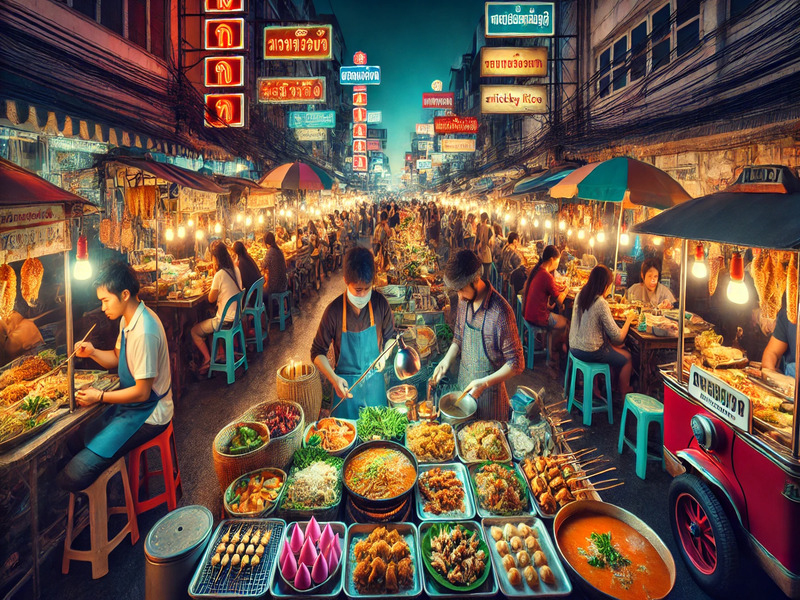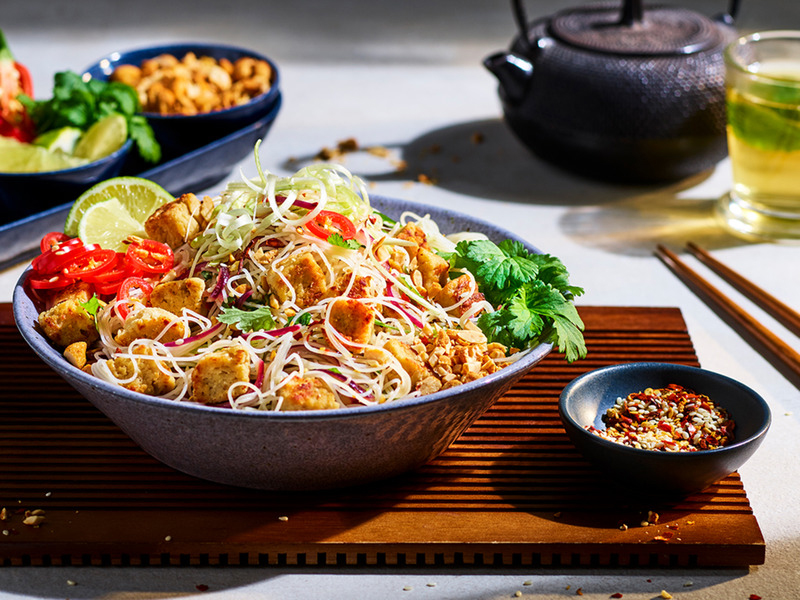Mclub World – Food knows no borders. Around the world, people explore new flavors, dishes, and cultures through what they eat. Culinary adventures travel is no longer just about tasting local food. It has become a journey of discovery, connection, and innovation. Many travelers now plan their trips based on the promise of unique dining experiences. From street food in Bangkok to pasta-making in Rome, food becomes a cultural passport. It’s a universal language that invites curiosity and conversation.
“Read More: Top 10 Smartest Animals in the World 2025, there are Orangutans and Dolphins”
Street Food as a Global Gateway
Street vendors often provide the boldest flavors. In Vietnam, a small bowl of pho reveals a nation’s soul. In Mexico, tacos al pastor burst with spice and heritage. Travelers are drawn to these quick, flavorful bites. They’re cheap, honest, and full of local stories. Street food offers a genuine glimpse into daily life. Eating side by side with locals breaks social barriers. It’s here that food becomes more than a meal—it becomes a memory.
Cooking Classes Bring People Together
More tourists are choosing experiences over souvenirs. Cooking classes offer hands-on interaction with local traditions. In Thailand, visitors pound curry paste while learning about regional spices. In Italy, nonnas teach guests how to knead perfect gnocchi. These sessions turn kitchens into classrooms. Sharing a table at the end of the lesson adds warmth and friendship. Guests leave not just with recipes, but with stories worth retelling.
“Read About: Tech-Driven Change Reshapes the Modern Business World”
Fusion Dishes Reflect Cultural Exchange
When cultures meet, flavors blend. Think Korean tacos in Los Angeles or sushi burritos in London. These fusions reflect cities where migration shapes menus. They’re not just trends—they’re stories of adaptation. Chefs experiment and reinterpret traditions. The results are surprising, and often delightful. Fusion food symbolizes how people connect and evolve through cuisine. It’s both playful and profound, showing that creativity thrives across borders.
Farmers’ Markets Spark Local Connection
Travelers are visiting farmers’ markets more than ever. These spaces reveal a region’s rhythm and produce. Shoppers talk directly to growers, cheese makers, and bakers. In France, a market morning may include fresh baguettes, ripe peaches, and a glass of wine. In Japan, perfectly shaped persimmons and pickles tell of precision and pride. Markets become theaters of taste and tradition. They’re ideal for discovering the heartbeat of a community.
Social Media Amplifies Culinary Curiosity
Platforms like Instagram and TikTok turn local dishes into global sensations. A spicy noodle challenge in South Korea might inspire a cook-off in Canada. A dessert trend in Turkey can become viral within hours. Social media doesn’t just share food—it spreads culture. Travelers now explore restaurants they discovered through a phone screen. These platforms fuel curiosity and broaden appetites. They encourage users to taste the world, one post at a time.




